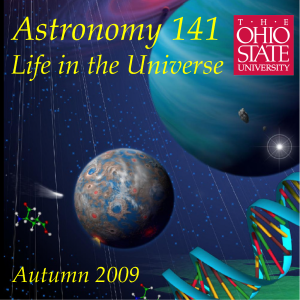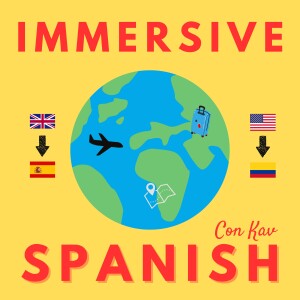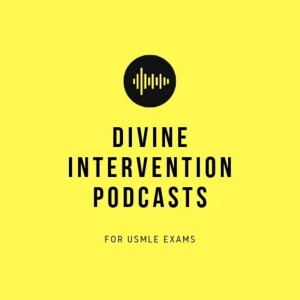

Astronomy 141 - Life in the Universe - Autumn Quarter 2009
https://www.astronomy.ohio-state.edu/pogge.1/Ast141/Audio/Ast141Au09.xmlEpisode List

Welcome to Astronomy 141
Welcome to the Astronomy 141 Lecture Podcasts. This is a brief message from me explaining the podcasts, and welcoming new and old listeners. University. Lectures will begin on Wednesday, 2009 Sept 23, and run through Friday, 2009 Dec 4. New lectures will appear shortly before 6pm US Eastern Time each day there is a regular class. Recorded live on 2009 Sep 23 in Room 1005 Smith Laboratory on the Columbus campus of The Ohio State University.

Lecture 1: Introduction
A brief overview of the topics we will cover in Astronomy 141, setting the stage for how we can make a serious scientific inquiry out of the question of whether or not there is life elsewhere in the Universe. It is a short lecture, the first half was an overview of course mechanics (tests, homework, office hours, etc.) that I did not record. Recorded live on 2009 Sep 23 in Room 1005 Smith Laboratory on the Columbus campus of The Ohio State University.

Lecture 2: Astronomical Numbers
An introduction and review of the basic notation and physical units we will be using throughout this course. In particular, we will be using the Metric (SI) system for lengths, masses, times, and temperatures, and special astronomical units for distances (AU and Light Years) and masses (Earth Masses and Solar Masses) appropriate when discussing interplanetary and interstellar scales. Recorded live on 2009 Sep 24 in Room 1005 Smith Laboratory on the Columbus campus of The Ohio State University.

Lecture 3: Imagining Other Worlds
What is the cultural history of our imaginings of other worlds and their possible inhabitants? I will draw examples from history, philosophy, literature, cinema, and popular culture. In the end, our imaginings about other worlds inform us more about ourselves, our hopes and our fears, than about extraterrestrial life. The scientific inquiry we are undertaking must therefore approach the problem from a different direction. Recorded live on 2009 Sep 25 in Room 1005 Smith Laboratory on the Columbus campus of The Ohio State University.

Lecture 4: The Copernican Revolution
Modern science was borne of an effort over many centuries to understand the motions of celestial bodies. The Copernican Revolution of the 16th and 17th centuries was the crucial moment in history when we finally understood the nature of celestial motions, and opened the door to the modern world. This lecture reviews the problem of celestial motions, the two competing models for explaining them, and the final revolution in thought starting with Copernicus and ending with Newton. Mid-lecture my classroom AV system lost power, and the recovery slowed things down a bit. These are recorded live, after all. This lecture was conducted on 2009 Sep 28 in Room 1005 Smith Laboratory on the Columbus campus of The Ohio State University.
Create Your Podcast In Minutes
- Full-featured podcast site
- Unlimited storage and bandwidth
- Comprehensive podcast stats
- Distribute to Apple Podcasts, Spotify, and more
- Make money with your podcast












